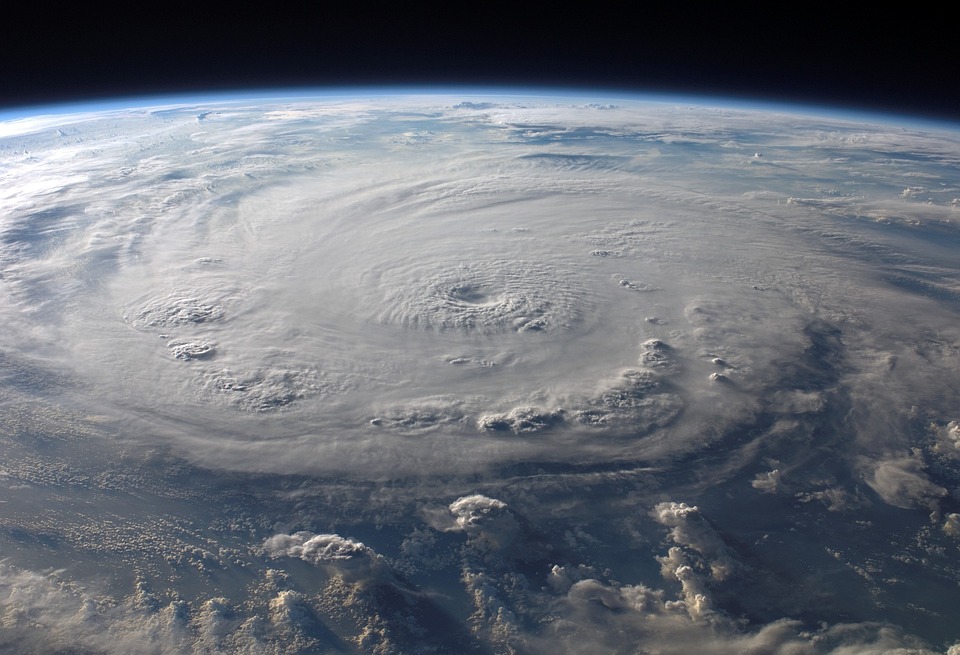San Francisco, a vibrant coastal city in Northern California, is renowned for its unique and often foggy weather. The city’s climate is a defining characteristic, prompting the question: What climate zone does San Francisco fall into, and what makes it distinct?
San Francisco is classified under the Mediterranean climate zone, specifically categorized as Csb according to the Köppen climate classification. This classification highlights several key features that define the city’s climate.
Climate Classification of San Francisco
San Francisco’s climate is primarily Mediterranean, characterized by:
– Mild, Wet Winters: The city experiences most of its rainfall from November to March, with average annual precipitation around 20-25 inches (500-640 mm).
– Dry Summers: While typical Mediterranean climates feature hot, dry summers, San Francisco’s summers are notably cool and often shrouded in fog.
Key Features of San Francisco’s Climate
Mild Temperatures Year-Round
– Temperature Range: Average highs range from 57°F (14°C) in winter to 70°F (21°C) in summer.
– Moderating Effect of the Ocean: The Pacific Ocean plays a crucial role in regulating temperatures, preventing extreme heat and freezing conditions.
Cool, Foggy Summers
San Francisco’s summers are distinctively cool and foggy compared to typical Mediterranean climates:
– Fog Formation: The marine layer fog occurs when cold Pacific waters meet warm inland air, particularly noticeable around the Golden Gate.
– Wind and Breezes: Cool ocean breezes contribute to lower summer temperatures, often keeping them below 70°F (21°C).
Wet Winters
The winters in San Francisco are characterized by:
– Mild Temperatures: Average winter highs hover around 58°F (14°C), with lows rarely dropping below freezing.
– Rainfall Patterns: Most precipitation occurs during winter months, significantly contributing to the region’s lush vegetation.
Microclimates in San Francisco
San Francisco’s geography creates a variety of microclimates:
– Western Areas (e.g., Sunset District): These regions are cooler and experience more fog due to their proximity to the ocean.
– Eastern Areas (e.g., Mission District): More sheltered from marine influences, these areas tend to be sunnier and warmer.
– Downtown & Financial District: Generally sunnier but breezy, benefiting from its location near the Bay.
The Influence of San Francisco Bay and Pacific Ocean
The city’s climate is heavily influenced by its geographical features:
– Cooling Effect of the Ocean: The cold California Current helps maintain moderate temperatures throughout the year.
– Wind and Fog Patterns: Winds from the ocean bring cool, moist air that creates the characteristic summer fog.
How San Francisco’s Climate Affects Daily Life
The unique climate has several implications for daily life:
– Layered Clothing: Residents often dress in layers to adapt to rapid weather changes due to microclimates.
– Tourism and Outdoor Activities: The mild climate encourages outdoor activities; however, visitors may underestimate how chilly summers can be because of the fog.
– Gardening and Plant Growth: The mild conditions support a wide variety of plants suited for Mediterranean climates, while foggy areas favor moisture-loving species.
Frequently Asked Questions (FAQs)
1. What is San Francisco’s climate zone?
– San Francisco has a Mediterranean climate (Csb), characterized by mild temperatures, dry summers, and wet winters.
2. Why is San Francisco so foggy in the summer?
– The cool marine layer fog forms due to cold Pacific Ocean water meeting warm inland air during summer months.
3. Does San Francisco ever get hot?
– Extreme heat is rare; however, nearby inland areas can experience much higher temperatures.
4. What are San Francisco’s winters like?
– Winters are mild and wet, with most rainfall occurring between November and March.
5. How does the climate differ across San Francisco?
– The city features multiple microclimates; western areas are cooler and foggier while eastern parts are sunnier and warmer.
In conclusion, San Francisco’s Mediterranean climate classification highlights its unique characteristics—mild, foggy summers and cool, wet winters—shaped significantly by the Pacific Ocean. Its diverse microclimates add complexity to daily life in this iconic city. Visitors are encouraged to prepare for its ever-changing weather by dressing in layers and embracing its distinctive charm.

Kyle Whyte is a notable scholar and professor at the University of Michigan, holding positions such as the George Willis Pack Professor in the School for Environment and Sustainability and Professor of Philosophy. Specializing in environmental justice, his work critically examines climate policy and Indigenous peoples’ ethics, emphasizing the nexus between cooperative scientific endeavors and Indigenous justice. As an enrolled Citizen Potawatomi Nation member, he brings a vital perspective to his roles as a U.S. Science Envoy and member of the White House Environmental Justice Advisory Council. His influential research is supported by various prestigious organizations including the National Science Foundation, and disseminated through publications in high-impact journals. Kyle actively contributes to global Indigenous research methodologies and education, with affiliations to numerous institutes and societies dedicated to traditional knowledge and sustainability. Recognized for his academic and community engagement, Kyle has earned multiple awards and served in various visiting professorships. His efforts extend to leadership positions on boards and committees focused on environmental justice nationwide.
